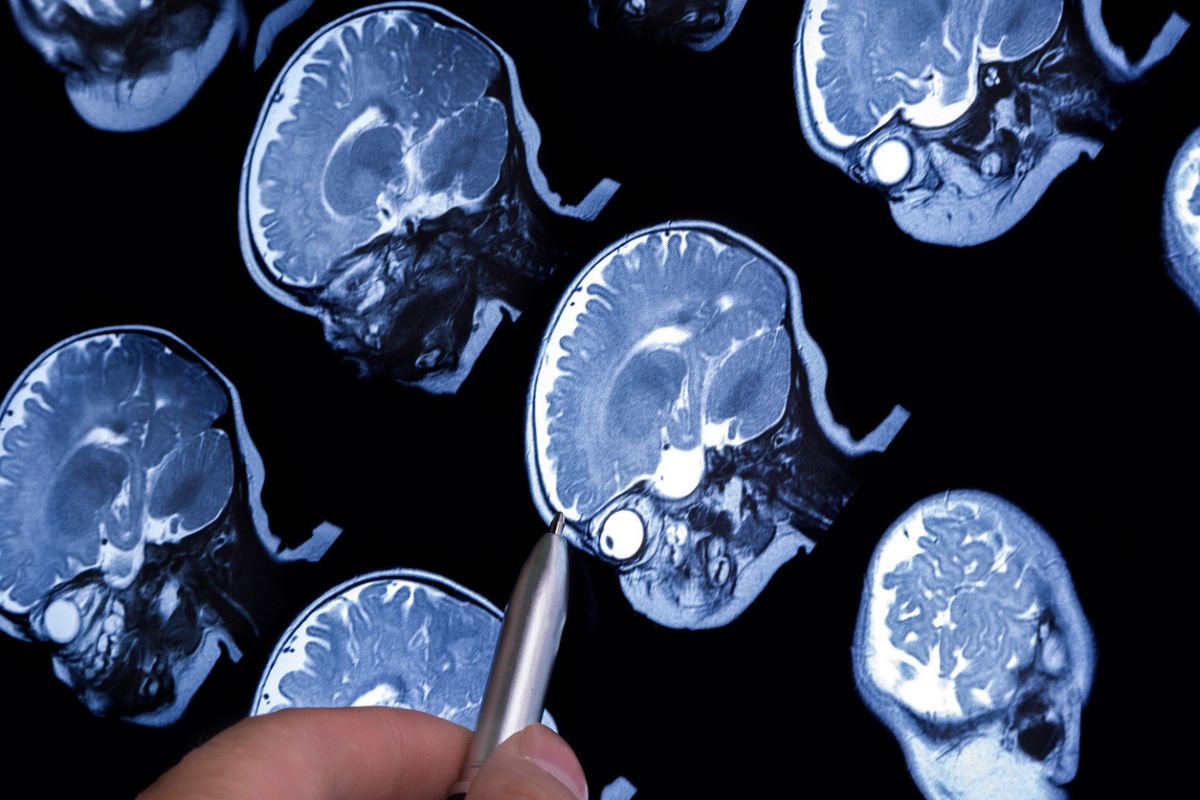Some kids will survive a traumatic event – whether it’s an everyday car accident or a life-shattering school shooting – relatively unscathed. Others might struggle with it for years. And some might have to fight through post-traumatic stress disorder (PTSD) – or worse – on their way to recovery. But what are the factors at play that can tip the scales one way or another?

A group of UK researchers insist that they’ve uncovered some answers. At the very least, they’ve gleaned some critical insight into the psychological consequences of youth trauma, with an emphasis on the cognitive factors they argue can predict the likelihood of developing these conditions.
“Some children and adolescents who have experienced traumatic events like road traffic collisions or violence may develop post-traumatic stress disorder (PTSD), as well as other conditions such as anxiety and depression,” co-author Katie Lofthouse, with The University of East Anglia’s Norwich Medical School, said in a press release. “However, we do not understand why children might develop one set of difficulties and not another.
Surprising Results
The researchers worked with children and adolescents exposed to a single traumatic event. They found that most young people are surprisingly resilient after living through trauma. By nine weeks post-trauma, nearly two-thirds of participants – 64 percent – failed to meet the diagnostic criteria for any mental disorder.
The rest, however, did not fare as well.
- Nearly a quarter of the study participants – 23.5 percent – had developed PTSD.
- 5.2 percent met the criteria for CPTSD.
- 23.9 percent exhibited clinically significant depression.
- And 10.7 percent showed signs of generalized anxiety disorder (GAD).
The researchers wanted to isolate and identify the strongest predictive models for these outcomes. They tested cognitive and psychosocial models, as well as subjective and objective measures of trauma severity. The cognitive model, based on Ehlers and Clark’s theory of PTSD, emerged as the most powerful tool for predicting PTSD, complex PTSD (CPTSD), depression, and anxiety in young trauma survivors.
PTSD: Is It All Subjective?
Notably, subjective markers of the trauma’s severity, such as the perceived threat or fear during the event, were found to be more relevant than objective measures like the extent of physical injury.
The results highlight the complex ways in which trauma influences the mental health of younger survivors. PTSD and CPTSD, although related, appeared to have different predictors.
For example, researchers found strong links between trauma memory quality and rumination and PTSD. Even so, those same factors appeared less influential in developing CPTSD, where self-blame emerged as a more reliable indicator.
The research underscored the importance of subjective experiences during the traumatic event. Feelings of fear, panic, or dissociation during the trauma proved to be better predictors of later mental health issues than more objective markers, such as the severity of physical injuries. This suggests that a child’s emotional experience of the event is crucial in determining their psychological outcome.
Notably, the study found that perceived life threat, while often thought to be a prime factor of PTSD, was not significantly related to the development of the disorder in this sample.
While psychosocial factors like prior trauma and social support also played a part, they were generally weaker predictors than cognitive and subjective event-related factors. Social support, for instance, helps somewhat against developing CPTSD and depression, but it exerts no major influence on PTSD outcomes.
Drawing Conclusions
These results seem to suggest that kids exposed to trauma are at risk of developing more than just PTSD. Trauma typically exposes them to other potential psychological conditions, such as depression and GAD. These disorders showed a clear overlap. And cognitive factors played a key role across all conditions.
For example, young people who interpreted the traumatic event in excessively negative terms were more likely to develop both PTSD and depression. However, certain cognitive processes were more specific to individual disorders. The study showed a strong link between rumination and PTSD. However, the authors found no such link to depression, which appeared to be associated with mood-specific appraisals.
The study’s results support the use of cognitive interventions for trauma-exposed youth. Since the authors found that cognitive factors were significant across PTSD, CPTSD, depression, and anxiety, therapies that focus on re-appraising trauma-related beliefs might be more effective treatment approaches. Cognitive-behavioral therapy (CBT) – already a popular approach – could prove beneficial for kids dealing with other trauma-related conditions, too.
Rethinking the Approach to Youth PTSD
The study highlights the need for a more nuanced approach to assessing the mental health of children after trauma. The researchers suggest that interventions targeting cognitive processes, such as rethinking how children interpret their traumatic experiences, might be more effective in mitigating the risk of PTSD, CPTSD, depression, and anxiety.
Additionally, paying better attention to a child’s subjective experience during the trauma could help clinicians more accurately forecast which kids are most at risk of developing long-term problems.
The research answers some questions surrounding single-event trauma and how it shaped the mental health of younger survivors. It also provides some evidence that cognitive models can serve as a reliable basis for predicting and treating trauma-related disorders in children and adolescents.
Further Reading
Can Development of PTSD Be Prevented After Acute Trauma?
Emotional Neglect and Inflammatory Ratios in First-Episode Psychosis
Psychosis, Inflammatory Biomarkers, and Subtypes of Childhood Trauma



